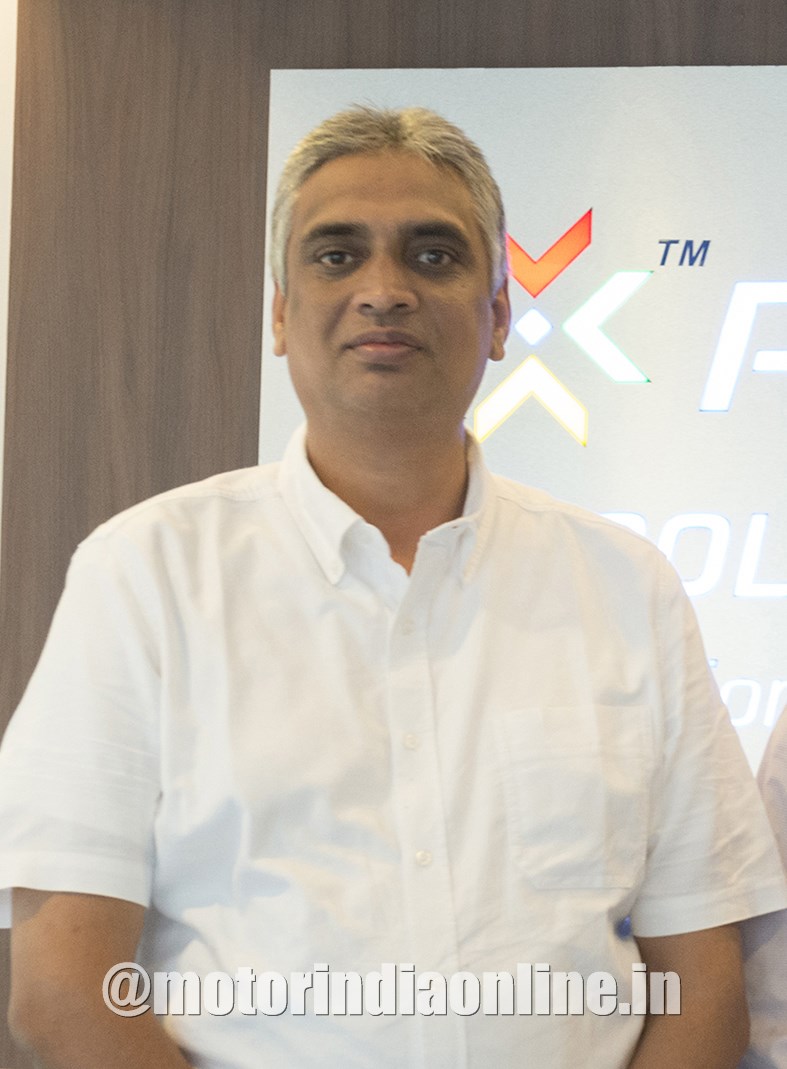Home-grown supplier of automotive electronics and precision engineered components, PRICOL remains cautiously optimistic as to how the industry would handle the upcoming emission norms test. Mr. P.M. Ganesh, Chief Marketing Officer, PRICOL, outlines the challenges and opportunities involved, and more.

Excerpts:
Market impact
The entire auto industry has been working intensely on switching over from BS-IV to BS-VI for the last couple of years. There is bound to be market impact in terms of slowdown in demand for the first two quarters of the next financial year. This is since BS-VI vehicles would be expensive by 10 to 15%. We anticipate that there could be some pre-buy starting Q3 this year and continue till Q4. Q3 could see a higher production of BS-IV vehicles due to pre-buy and taper down in Q4, while BS-VI production will start ramping up from Q4 as vehicle makers need to fill up dealer stocks to start sales from April 1, 2020. The pre-buy combined with the price increase will contribute to the slowdown in the first half of next financial year.
At PRICOL, the impact has been in terms of our engineering and development over the last one year. Most of our products including instruments and sensors or pumps and mechanical products have undergone changes. Apart from this there has been development of new electronic instrument clusters and sensors across various CV customers.
Cost implications
As explained, the industry is likely to see a slowdown in H1 next year due to the vehicle price increase of 10 to 15%. In order to ensure a smooth transition, fleet operators must be continuously educated on the benefits of switching over to BS-VI in terms of better vehicle performance with lesser emissions.
Challenges
The primary challenge would be the engineering bandwidth both in engineering change management of existing BS-IV products upgraded to BS-VI compliance and also new technology products used in BS-VI vehicles. For example, with OBD 1 (On-Board Diagnostics) getting implemented in BS-VI vehicles, the instrument clusters are built with CAN interface. Most of our instrument clusters in the BS-VI programmes are either LCD based or TFT based electronic clusters which allow more OBD information to be displayed to the driver.
The next biggest challenge is managing obsolescence, as most of our products have high electronic content which are imported, having lead time ranging between eight and 24 weeks. This gives us a major challenge in controlling our BS-IV parts inventory so that there is no obsolescence during the transition. The current uncertainty in the market makes this task even more challenging. We have formed CFTs comprising of senior members from each function who would work on inventory management starting from continuous monitoring of OEM production, material ordering, communicating with our suppliers on the changing demand to ensure we control obsolescence.
Opportunities
PRICOL has been spending nearly 5% of total revenue in engineering expenditure. We have been continuously increasing our engineering strength in the areas of electronic hardware, software and testing. The emission norm change gives us a major opportunity to offer new technology products for BS-VI vehicles in the area of instruments and sensors as explained above. This puts us on par with other developed CV markets globally thus opening up avenues for Indian auto component manufacturers to export products to more geographies.
Outlook
H1 of this financial year has been quite challenging. However, as explained, Q3 and Q4 could be better for the CV industry compared to H1 this year due to some pre-buy of BS-IV vehicles and ramp up of BS-VI vehicle production in Q4.